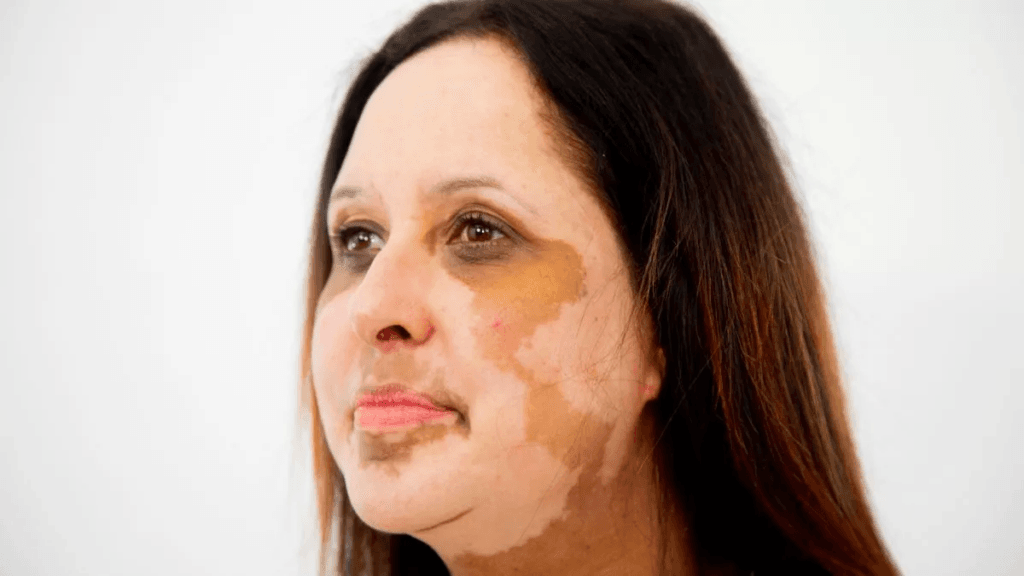Vitiligo, a condition causing loss of skin pigmentation, can significantly impact a person’s self-esteem. While various treatments exist, surgical intervention, such as autologous transplantation, is sometimes considered for repigmentation. However, like any surgical procedure, vitiligo surgery carries inherent risks and complications that patients should be fully aware of before proceeding. This article outlines the potential complications, post-operative care, scarring, and long-term outcomes associated with vitiligo surgery.
Surgical Risks and Complications
Vitiligo surgery, primarily involving techniques like punch grafting, suction blister grafting, or cultured epidermal cell transplantation, carries a range of potential risks. Infection at the surgical site is a common concern, potentially requiring antibiotic treatment or further intervention. Bleeding during and after the procedure is another possibility, which can be managed with pressure dressings and, in rare cases, further surgical intervention. Pain and discomfort are expected post-surgery, but severe pain warrants medical attention. Finally, there’s a risk of adverse reactions to anesthesia, although this is generally minimized through careful pre-operative assessment and monitoring.
The success of the surgical procedure is not guaranteed, and the transplanted skin grafts may not always take. This can lead to areas of persistent depigmentation, requiring further treatment or acceptance of the incomplete results. Additionally, some patients may experience an adverse reaction to the surgical procedure itself, such as an allergic reaction to the materials used or an unexpected inflammatory response. These reactions can manifest as swelling, redness, itching, or even blister formation at the graft site. Careful monitoring and prompt medical attention are crucial in managing such adverse events.
The specific surgical risks also depend on the chosen surgical technique and the patient’s overall health. For example, patients with underlying medical conditions, such as diabetes or compromised immune systems, may face a higher risk of complications. Furthermore, the size and location of the affected skin area can influence the complexity of the surgery and the likelihood of complications. Larger areas often necessitate multiple surgical sessions, increasing the overall risk profile.
The surgeon’s skill and experience also significantly impact the risk profile. Choosing a qualified and experienced dermatologist or plastic surgeon specializing in vitiligo surgery is crucial for minimizing potential complications and maximizing the chances of a successful outcome. A thorough pre-operative consultation allows for a detailed discussion of the risks and benefits, enabling informed decision-making.
Post-Operative Care & Healing
Post-operative care is crucial for successful healing and minimizing complications after vitiligo surgery. The surgeon will provide specific instructions, which typically involve keeping the surgical site clean and dry, using prescribed medications (such as antibiotics or pain relievers), and avoiding strenuous activities or direct sunlight exposure. Regular dressing changes are usually necessary to prevent infection and promote healing. Failure to adhere to these instructions can increase the risk of infection, graft failure, and other complications.
Pain management is an important aspect of post-operative care. While some discomfort is expected, severe or persistent pain should be reported to the medical team immediately. Prescribed pain medication can help manage discomfort, allowing for better rest and facilitating the healing process. Careful monitoring of the surgical site for signs of infection, such as increased redness, swelling, pus, or excessive pain, is also essential. Any concerning signs should be reported promptly to prevent escalation.
Regular follow-up appointments with the surgeon are vital for monitoring the healing process and addressing any potential issues. These appointments allow for assessment of graft take, identification of potential complications, and adjustment of treatment plans as needed. During these visits, the surgeon can evaluate the healing progress, assess for signs of infection or rejection, and provide guidance on long-term care.
The healing process varies depending on the surgical technique used and the individual patient’s response. Complete healing can take several weeks or even months, and patience is crucial. During this period, it’s essential to maintain a healthy lifestyle, including a balanced diet, adequate rest, and stress management techniques, to support the body’s natural healing mechanisms.

Potential for Scarring & Pigmentation
One of the potential drawbacks of vitiligo surgery is the possibility of scarring. The extent and visibility of scarring vary depending on the surgical technique employed, the patient’s skin type, and the individual healing response. While some techniques aim to minimize scarring, some degree of scarring is often unavoidable. The scars may appear as raised or depressed areas, and their color may initially differ from the surrounding skin.
The pigmentation of the grafted skin may not perfectly match the surrounding skin, resulting in a noticeable color difference. This mismatch can be subtle or quite pronounced, depending on the success of the grafting and the individual patient’s skin tone. In some cases, the grafted skin may even appear lighter or darker than the surrounding skin, leading to a patchy appearance. Furthermore, the repigmentation process might be incomplete, leaving some areas still depigmented.
The long-term appearance of scars and pigmentation can be influenced by various factors, including sun exposure, age, and genetics. Protection from ultraviolet (UV) radiation is crucial to minimize further discoloration and scarring. The use of sunscreen with a high SPF is recommended to protect the treated area from sun damage. In some cases, additional treatments, such as topical creams or laser therapy, may be considered to improve the cosmetic outcome.
It’s important to have realistic expectations regarding scarring and pigmentation. While surgical techniques aim to minimize these effects, complete restoration of normal skin color and texture is not always achievable. Open communication with the surgeon regarding potential outcomes and realistic expectations is essential before undergoing the procedure.
Long-Term Outcomes & Recurrence
The long-term success of vitiligo surgery is variable and depends on several factors, including the surgical technique used, the extent of the vitiligo, the patient’s overall health, and adherence to post-operative care instructions. While some patients experience long-lasting repigmentation, others may see a recurrence of depigmentation over time. The rate of recurrence varies widely and can be influenced by the underlying disease process.
Recurrence of vitiligo can manifest as new patches of depigmentation in the treated area or the development of new patches in other areas of the body. The reasons for recurrence are not fully understood, but it is believed to be related to the underlying autoimmune nature of vitiligo. Factors such as stress, hormonal changes, and certain medications may also play a role in triggering recurrence.
Regular follow-up appointments are crucial for monitoring the long-term outcomes and detecting any signs of recurrence. Early detection of recurrence allows for timely intervention with additional treatments to manage the condition. These follow-up appointments also provide an opportunity to address any concerns and adjust treatment plans as needed.
Long-term maintenance of the repigmented skin often requires ongoing sun protection and adherence to a healthy lifestyle. Protecting the treated area from excessive sun exposure is crucial to prevent further damage and maintain the cosmetic outcome. Lifestyle modifications, such as stress management and a healthy diet, may also play a role in preventing recurrence and promoting overall skin health.
Vitiligo surgery offers a potential solution for repigmentation, but it’s crucial to understand the associated risks, complications, and potential for recurrence. A thorough pre-operative consultation with a qualified surgeon is essential to discuss these aspects, manage expectations, and make an informed decision. Careful adherence to post-operative instructions and regular follow-up appointments are vital for optimizing outcomes and managing potential complications. While the procedure can be effective for some, complete and permanent repigmentation is not guaranteed.
Discover the expertise of Dr. Ebru Okyay, your trusted dermatologist in Antalya. Whether you’re looking to address medical skin concerns or enhance your natural beauty with cosmetic treatments, Dr. Okyay is here to help. With personalized care and advanced techniques, achieving your skin goals has never been easier.
